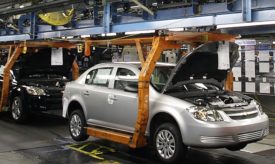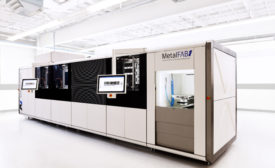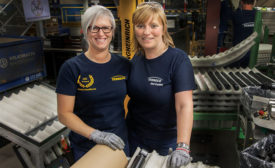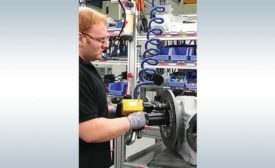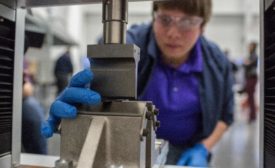Automotive Assembly
Best Practices for Tool Maintenance
Even the most technologically advanced fastening tools require regular maintenance and calibration
November 8, 2018
Never miss the latest news and trends driving the manufacturing industry
Stay in the know on the latest assembly trends.
JOIN TODAY!Copyright ©2024. All Rights Reserved BNP Media.
Design, CMS, Hosting & Web Development :: ePublishing
